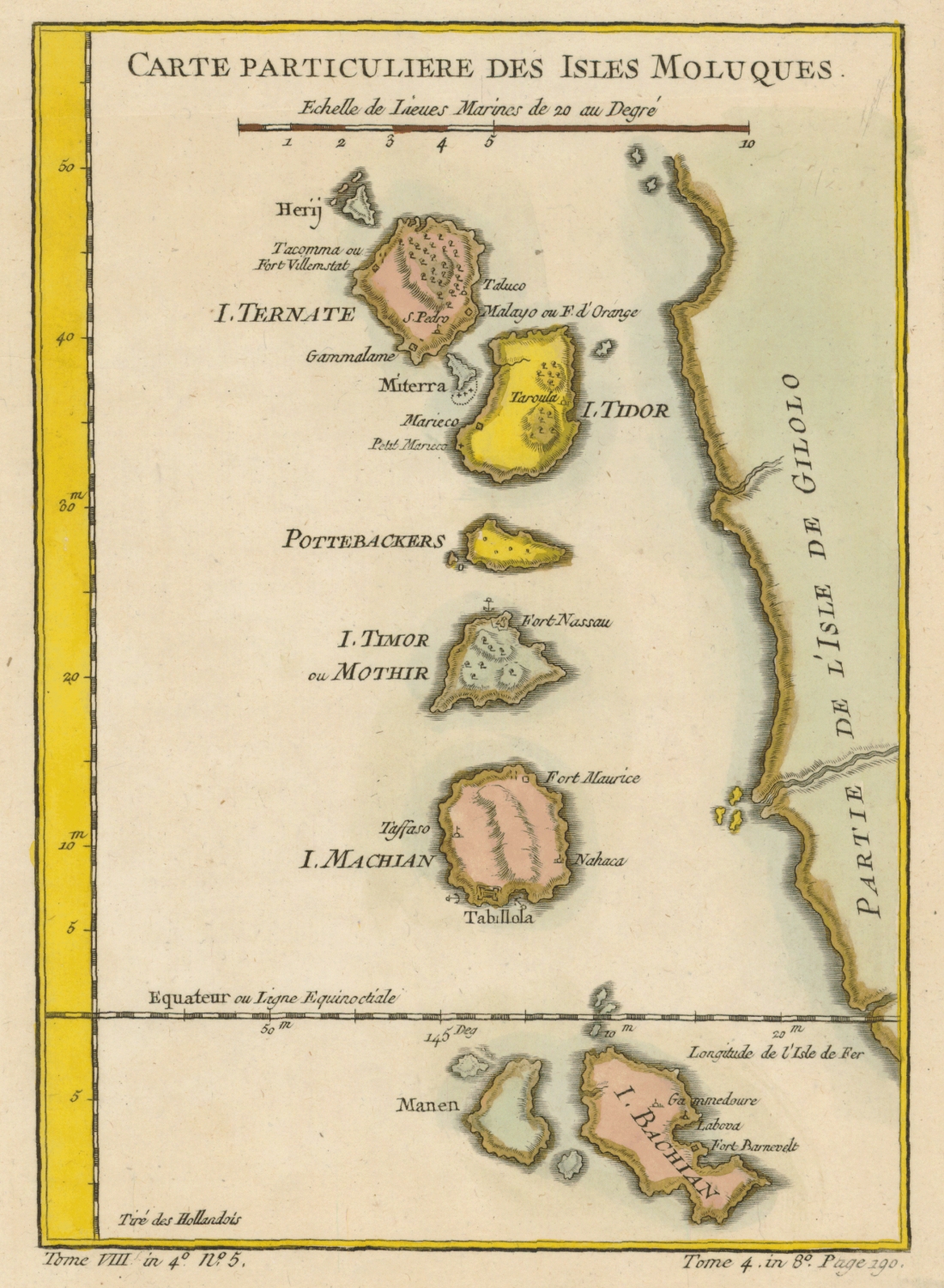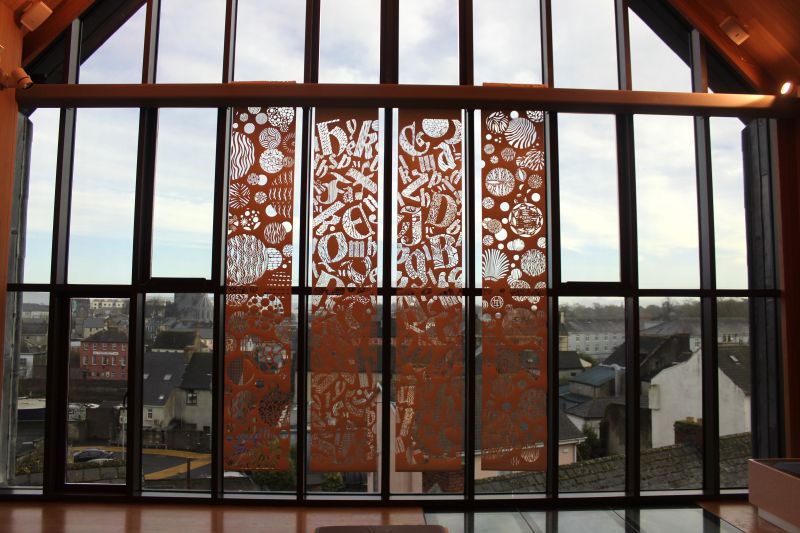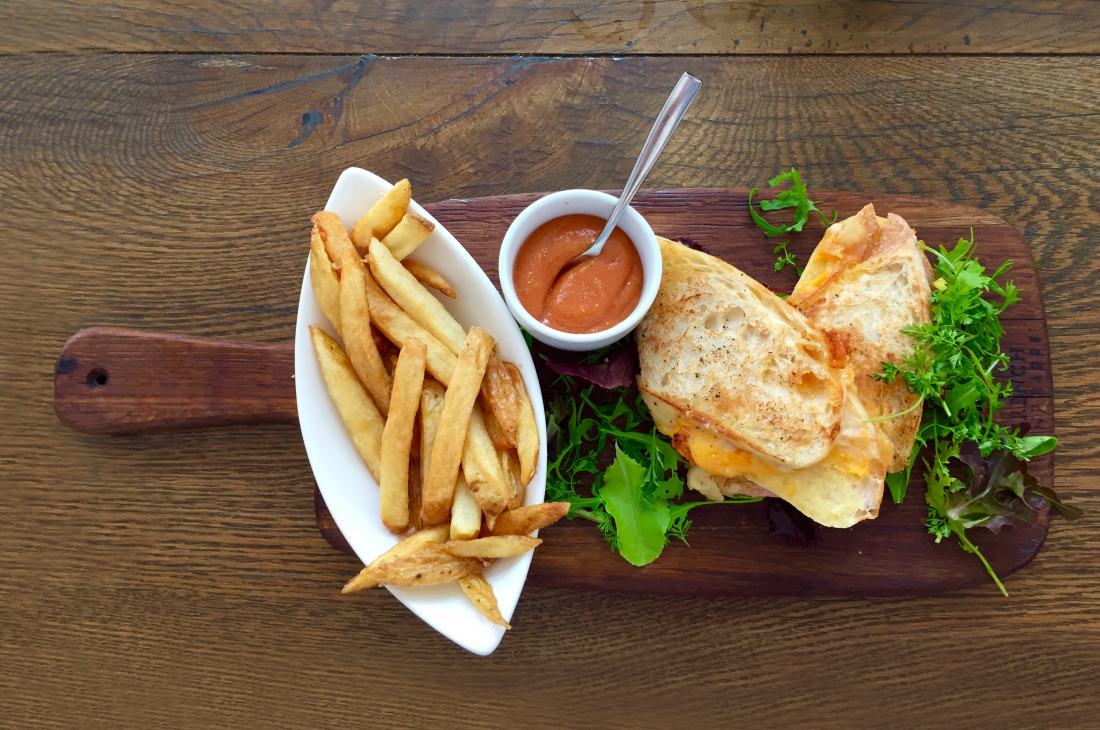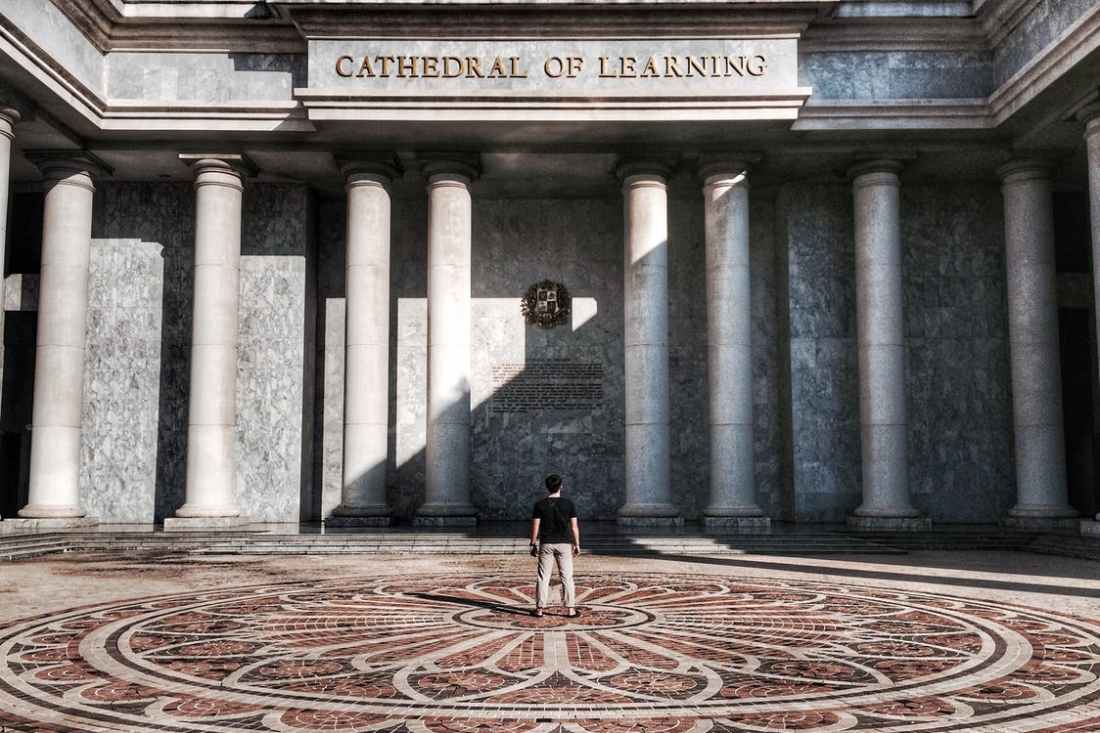 If the goal of a museum is to allow public access to historical artifacts and information, it’s incredibly important that the visitor’s experience is placed at the centre of all plans. Before embarking on any form of content development, the museum must consider its visitors. Your identified audiences will find certain writing styles, language levels and themes more relevant and interesting than others. This is where visitor studies can come in handy.
If the goal of a museum is to allow public access to historical artifacts and information, it’s incredibly important that the visitor’s experience is placed at the centre of all plans. Before embarking on any form of content development, the museum must consider its visitors. Your identified audiences will find certain writing styles, language levels and themes more relevant and interesting than others. This is where visitor studies can come in handy.
Audience engagement is a directive, an approach to looking at museums afresh and focussing on the way they interact together with audiences. Put another way, it is a form of jumpstart for museums, adding sometimes new and alternative perspectives but most often helping to reconnect various areas our institutions and audiences together.
— Adam Reed Rozan, Director of Audience Engagement at Worcester Art Museum, Massachusetts. (source)
 Everyone has their own unique learning style, and this needs to be taken into consideration by museum curators. For example, information is gathered by visiting families through dialogue and discussion. A family will tend to learn collaboratively, electing to stick together as they explore the museum and experience each exhibit as a unit. This means they respond well to group-based tasks, learning though activity and hands-on learning through interactive exhibits.
Everyone has their own unique learning style, and this needs to be taken into consideration by museum curators. For example, information is gathered by visiting families through dialogue and discussion. A family will tend to learn collaboratively, electing to stick together as they explore the museum and experience each exhibit as a unit. This means they respond well to group-based tasks, learning though activity and hands-on learning through interactive exhibits.
Learning styles can vary widely among adult visitors. A lot of adults will have a strong idea of what interests them, and will pick, choose and browse their way through the exhibits until they find what they’re looking for. Adults visiting with other guests may prompt discussion by sharing knowledge and describing experience they already have that relates to the exhibit in question.
The ss Great Britain for example, has decided it will be visitor focused: it will put the visitor first and is actually working through a range of areas where they can make a difference to the visitor. This includes improving the visitor experience across the whole of a visit, interpretation, how you engage different types of visitors and give them what they want.
— Colin Mulberg, Colin Mulberg Consulting. (source)
Talking and interacting is a great way for early years children to build on their knowledge and experience in the museum. Displays encouraging play are particularly successful here. This audience tends to find activities involving interpretation, interaction and discussion either with adults or other children very helpful. Issues that are explained in ways that are relevant and relatable to their own lives will become easier to understand.
We can’t really hope to understand what an audience is looking for until we take the initiative to ask them about it. Museums take care to carry out research with their various audiences to work out just how much they get from their visits and what could be improved. Visitor study staff don’t provide the answers, they interpret the answers given to them by the public.
Museums bring learning to life, inject fun and even increase educational attainment.
To make it as successful as possible, you need to:
- Understand who will visit and why, ensuring your museum appeals to enough people
- Create an attractive and welcoming environment, looking after your visitors
- Identify how you want to broaden and increase your audience
- Identify how far you want to involve your users
- Choose how to bring your collections to life through interpretation
- Create offers for schools and others who want to learn
— Museums Galleries Scotland: Connecting with Visitors.
Every decision made with regards to a museum’s exhibits and displays needs to be based on evidence. An audience’s response to an exhibition or artifact is not something that can be left down to guesswork, because this can easily lead to a curator getting it completely wrong. Museum experiences that don’t take into consideration their target audiences run the risk of failing those audiences altogether.
Story development, content development and many other aspects of an exhibition or event need to be researched carefully. One of the most effective ways to do this is to actively run an idea from the subject curators by their target audience to find out if it makes sense to them, and if the themes and topics are of interest to them. Audience groups are even asked to feedback on their level of engagement and understanding of pieces of text, such as object labels and internal panels.
We are looking at the visitor’s experience from 360 degrees… Everyone’s job is to make visitors more comfortable.
— Mag Partridge, director of public relations and audience development at the Walker Art Center in Minneapolis. (source)
Things like gallery titles, appropriate lighting levels, proposals, digital interpretation, the number of lifts in the building and many other aspects of the intellectual and physical design and concept of an exhibition or space will also be determined by visitor research. Different approaches are used to gather this data. A balanced insight into audience opinion requires a combination of quantitative and qualitative data, which can be found through things like focus groups, surveys, community visits and face-to-face interviews.
Data and responses from different audience groups can be compared through quantitative data. However, greater insight into the level of understanding can be attained through attained through qualitative research, allowing the formation of a more detailed report. Both types are necessary for a complete understanding of the wants and needs of a museum’s visitors.
We know from decades of research into self-regulated learning that it is important to understand the goals and initial interest people bring to the learning situation. These drive behaviour and learning in different settings, including in museums.
— How Does Learning Happen in Museums?
 Many museums also reach these decisions through the guidance of their Advisory Panel, who help the museum to develop new methods of attracting new audiences and improve and grow the services they provide for their existing audiences. The focus of these panels is on specific aspects of a museum’s performance, such as their efforts to enable wider community participation, to allow access to people of all different needs, and to develop lifelong learning programmes.
Many museums also reach these decisions through the guidance of their Advisory Panel, who help the museum to develop new methods of attracting new audiences and improve and grow the services they provide for their existing audiences. The focus of these panels is on specific aspects of a museum’s performance, such as their efforts to enable wider community participation, to allow access to people of all different needs, and to develop lifelong learning programmes.
Read on! How Do Museums Learn About Their Visitors? (Pt. 2)



 Learning that takes place in more informal settings is Dr John H Falk’s primary interest. He’s respected worldwide for his expertise in “free choice learning”.
Learning that takes place in more informal settings is Dr John H Falk’s primary interest. He’s respected worldwide for his expertise in “free choice learning”. Experience Seekers perceive museums as an important destination and allow this perception to motivate their visit. Once they’ve attended the museum, they can happily feel that they’ve been there, done that and bought the t-shirt.
Experience Seekers perceive museums as an important destination and allow this perception to motivate their visit. Once they’ve attended the museum, they can happily feel that they’ve been there, done that and bought the t-shirt.


 Everyone has their own unique learning style, and this needs to be taken into consideration by museum curators. For example, information is gathered by visiting families through dialogue and discussion. A family will tend to learn collaboratively, electing to stick together as they explore the museum and experience each exhibit as a unit. This means they respond well to group-based tasks, learning though activity and hands-on learning through interactive exhibits.
Everyone has their own unique learning style, and this needs to be taken into consideration by museum curators. For example, information is gathered by visiting families through dialogue and discussion. A family will tend to learn collaboratively, electing to stick together as they explore the museum and experience each exhibit as a unit. This means they respond well to group-based tasks, learning though activity and hands-on learning through interactive exhibits. Many museums also reach these decisions through the guidance of their Advisory Panel, who help the museum to develop new methods of attracting new audiences and improve and grow the services they provide for their existing audiences. The focus of these panels is on specific aspects of a museum’s performance, such as their efforts to enable wider community participation, to allow access to people of all different needs, and to develop lifelong learning programmes.
Many museums also reach these decisions through the guidance of their Advisory Panel, who help the museum to develop new methods of attracting new audiences and improve and grow the services they provide for their existing audiences. The focus of these panels is on specific aspects of a museum’s performance, such as their efforts to enable wider community participation, to allow access to people of all different needs, and to develop lifelong learning programmes.